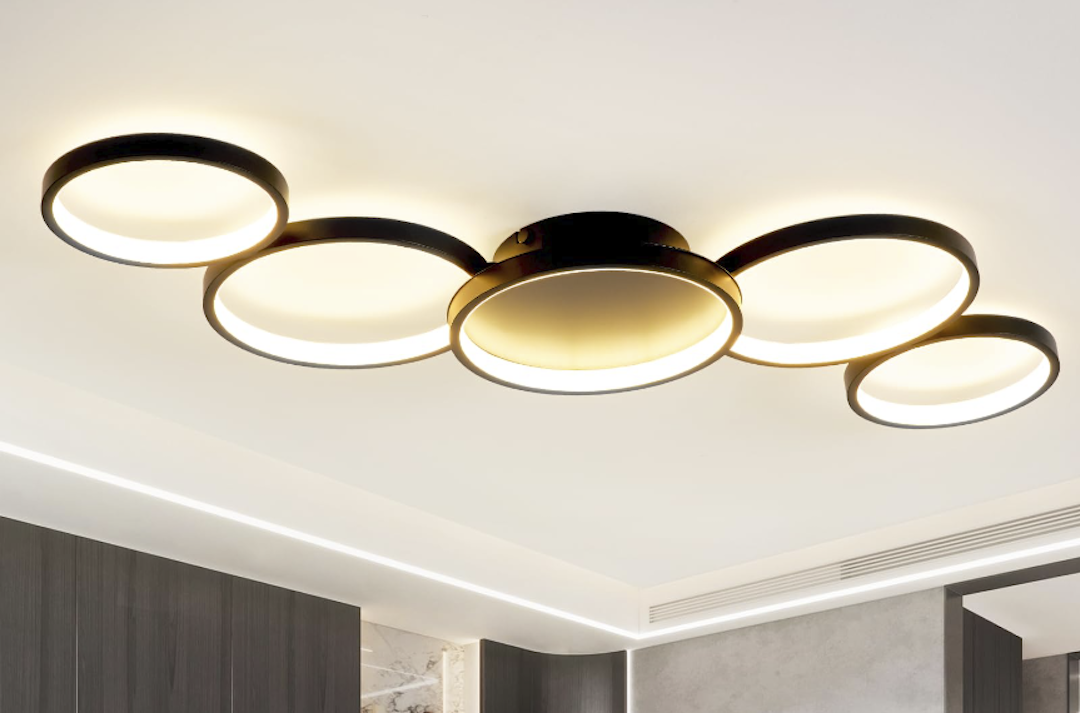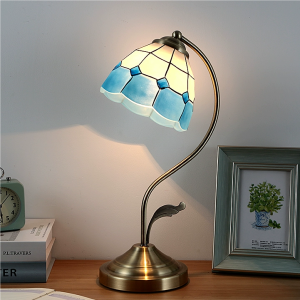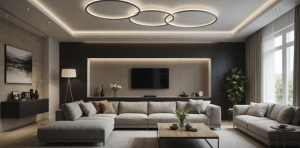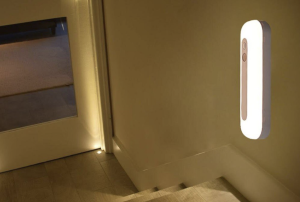
The concept of smart home living has evolved significantly over the past decade, transforming the way we interact with our living spaces. At its core, smart home technology integrates various devices and systems to enhance convenience, security, and energy efficiency. This interconnected ecosystem allows homeowners to control everything from lighting and heating to security systems and appliances through a centralized platform, often accessible via smartphones or voice commands.
The rise of the Internet of Things (IoT) has played a pivotal role in this transformation, enabling devices to communicate with one another and respond to user inputs in real-time. As technology continues to advance, the appeal of smart home living grows, attracting a diverse range of consumers. From tech enthusiasts eager to embrace the latest innovations to those simply seeking to streamline their daily routines, smart home solutions cater to various needs and preferences.
Among these innovations, voice control technology has emerged as a particularly popular feature, allowing users to manage their home environments effortlessly. This article will delve into one specific aspect of smart home living: voice control ceiling lights, exploring their benefits, functionality, installation, and future trends in this exciting domain.
Benefits of Voice Control Ceiling Lights
Convenience Redefined
With voice-activated lighting Zouille, homeowners can adjust their lighting without needing to physically reach for a switch or remote control. This hands-free operation is particularly useful when carrying items or when one’s hands are otherwise occupied. For instance, imagine entering a dimly lit room with your arms full of groceries; simply saying “turn on the kitchen lights” can illuminate the space instantly, making it safer and more accessible.
Customized Lighting Scenarios
Voice control ceiling lights often come with features that allow users to adjust brightness levels and color temperatures. For example, one might prefer bright white light for cooking but opt for a warm, soft glow for movie nights. By integrating these lights with smart home ecosystems, users can create scenes that align with their daily routines or special occasions.
Enhanced Ambiance and Experience
A simple command like “set the living room to movie mode” can dim the lights and change their color temperature, enhancing the viewing experience without any manual adjustments. This level of customization and control enables homeowners to create the perfect ambiance for any occasion, making their living space more enjoyable and comfortable.
How Voice Control Ceiling Lights Work
Voice control ceiling lights operate through a combination of smart technology and voice recognition systems. At the heart of this functionality is a smart hub or a compatible voice assistant device, such as Amazon Alexa, Google Assistant, or Apple HomeKit. These platforms serve as the central command center for all connected devices within a smart home ecosystem.
When a user issues a voice command, the assistant processes the request and communicates with the ceiling lights via Wi-Fi or Bluetooth. The lights themselves are equipped with smart technology that allows them to receive and interpret commands. Most voice control ceiling lights utilize LED technology due to its energy efficiency and longevity.
When a command is given—such as “turn off the living room lights”—the voice assistant sends a signal to the light fixture, which then responds accordingly. This interaction is typically instantaneous, providing users with immediate feedback and control over their environment. Additionally, many models come with companion apps that allow for further customization and scheduling options, enabling users to set timers or automate lighting based on their preferences.
Choosing the Right Voice Control Ceiling Light for Your Living Room
Selecting the ideal voice control ceiling light for your living room involves several considerations that can significantly impact both functionality and aesthetics. First and foremost, it is essential to assess the size and layout of your space. Larger rooms may benefit from multiple fixtures or adjustable lighting options that can be controlled collectively or individually.
For instance, a spacious living room might require a combination of recessed lighting and pendant fixtures to achieve an even distribution of light. Another critical factor is compatibility with existing smart home systems. Before making a purchase, it is advisable to verify that the chosen ceiling light is compatible with your preferred voice assistant or smart hub.
Many manufacturers provide detailed specifications regarding compatibility with platforms like Amazon Alexa or Google Assistant. Additionally, consider the design and style of the fixture itself; it should complement your existing decor while also providing the desired level of brightness and functionality. For example, a sleek modern fixture may suit contemporary interiors, while a more traditional design might be better suited for classic or rustic spaces.
Installation and Setup of Voice Control Ceiling Lights
Installing voice control ceiling lights can be a straightforward process for those familiar with basic electrical work; however, it is essential to prioritize safety and follow manufacturer instructions carefully. The first step typically involves turning off power at the circuit breaker to prevent any electrical hazards during installation. Once power is off, remove the existing light fixture by unscrewing it from its mounting bracket and disconnecting the wiring.
After preparing the space, connect the new voice control ceiling light according to the provided instructions. This usually involves matching wire colors—black (or red) for live wires, white for neutral wires, and green or bare for ground wires—and securing them with wire nuts. Once connected, mount the fixture securely to the ceiling and restore power at the circuit breaker.
Following installation, users will need to set up the light within their smart home ecosystem by downloading any necessary apps and linking the device to their voice assistant.
Tips for Maximizing the Use of Voice Control Ceiling Lights
Personalized Voice Commands
One effective approach is to create specific voice commands tailored to individual preferences or routines. For instance, instead of using generic commands like “turn on the lights,” users can program personalized phrases such as “let there be light” or “brighten my evening.” This not only adds a touch of personalization but also makes interactions more enjoyable.
Automation Features
Another tip is to explore automation features available through companion apps. Many voice control ceiling lights allow users to set schedules for when lights should turn on or off automatically. For example, programming lights to gradually brighten in the morning can simulate a natural sunrise, helping users wake up more gently.
Energy Efficiency
Additionally, integrating these lights with motion sensors can enhance energy efficiency by ensuring that lights only activate when someone is present in the room.
Troubleshooting Common Issues with Voice Control Ceiling Lights
Despite their convenience, users may encounter occasional issues with voice control ceiling lights that require troubleshooting. One common problem is connectivity issues between the light fixture and the voice assistant. If commands are not being recognized or executed properly, it may be necessary to check Wi-Fi connectivity or ensure that both devices are updated with the latest firmware.
Restarting both the light fixture and the voice assistant can often resolve temporary glitches. Another frequent issue involves unresponsive voice commands due to background noise or interference. In such cases, users should ensure that they are speaking clearly and directly towards the voice assistant device.
If problems persist, adjusting the placement of the assistant or adding additional microphones may improve responsiveness. Additionally, consulting manufacturer support resources can provide valuable insights into resolving specific issues related to particular models.
Future Trends in Smart Home Living: Voice Control Technology
As technology continues to advance at an unprecedented pace, the future of smart home living promises even more innovative developments in voice control technology. One emerging trend is the integration of artificial intelligence (AI) into voice assistants, enabling them to learn user preferences over time and provide increasingly personalized experiences. For instance, AI could analyze patterns in lighting usage and suggest optimal settings based on individual habits or even adjust lighting automatically based on time of day.
Moreover, advancements in natural language processing (NLP) are likely to enhance how users interact with their smart devices. Future voice assistants may become more adept at understanding context and nuances in speech, allowing for more complex commands and interactions without requiring rigid phrasing. This evolution could lead to a more intuitive user experience where individuals can communicate with their homes as naturally as they would with another person.
In addition to these technological advancements, there is also a growing emphasis on sustainability within smart home solutions. As energy efficiency becomes increasingly important in combating climate change, manufacturers are likely to focus on developing eco-friendly lighting options that not only reduce energy consumption but also integrate seamlessly with renewable energy sources like solar power. In conclusion, as we look ahead at the future of smart home living and voice control technology, it is clear that these innovations will continue to shape our environments in ways we have yet to fully imagine.
The integration of advanced AI capabilities and sustainable practices will not only enhance convenience but also contribute positively to our planet’s health.






